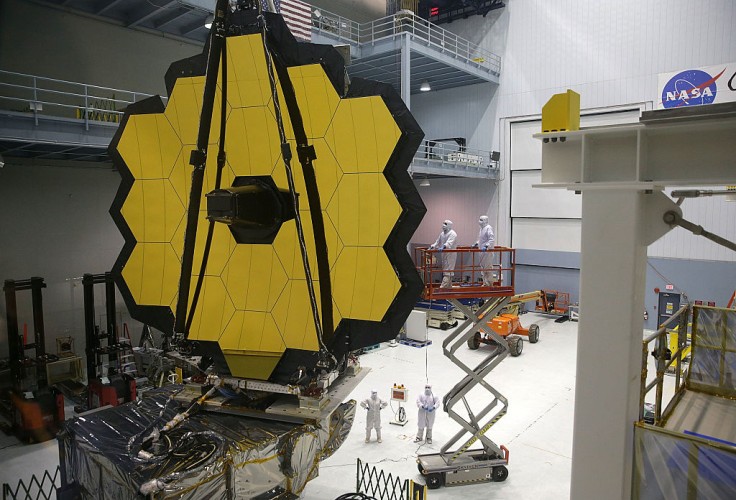
With the imminent release of its first full-color photos and spectroscopic data, NASA's James Webb Space Telescope, a collaboration with ESA (European Space Agency) and CSA (Canadian Space Agency), will soon unveil unparalleled and in-depth views of the cosmos.
First Glimpse of Through the Eyes of James Webb Space Telescope
NASA said that the first photographs and spectroscopic observations will be made once each of Webb's instruments has been calibrated, examined, and given the all-clear by its science and engineering teams.
The Near-Infrared Spectrograph (NIRSpec), the third of the observatory's four scientific instruments, just underwent calibration and testing, as per Space.com. The Mid-Infrared Instrument (MIRI), Near Infrared Camera (NIRCAM), and Fine Guidance Sensor/Near Infrared Imager and Slitless Spectrograph (FGS/NIRISS) are among Webb's instruments. Webb can conduct observations in 17 different modes with these four instruments.
Read More: James Webb Space Telescope to Investigate Orion Nebula's Stellar Nursery, Trapezium Cluster
Targets of the James Webb Space Telescope for Its First Observations
NASA said at 10:30 a.m. EDT on July 12, NASA will begin a livestream in which the first observations will be made available. Both the agency website and social media will have access to each image at the same time.
The list of cosmic objects that Webb focused on for these first observations is listed below. They also mark the official start of Webb's general science activities. An international committee made up of members from NASA, ESA, CSA, and the Space Telescope Science Institute chose these targets.
Carina Nebula. It is one of the largest and brightest nebulae in the universe. It can be found in the southern constellation Carina, 7,600 light-years away.
SMACS 0723. A deep field look into both the extremely distant and intrinsically faint galaxy populations is made possible by the massive foreground galaxy clusters that magnify and distort the light of objects behind them.
Southern Ring Nebula. A planetary nebula, also known as the "Eight-Burst", is an expanding cloud of gas that surrounds a dying star. Its diameter is almost half a light-year and its distance from Earth is almost 2,000 light-years.
Stephan's Quintet. It is located about 290 million light-years away in the constellation Pegasus.
WASP-96 b (spectrum). It is a massive planet outside of our solar system that is primarily made of gas. Nearly 1,150 light-years away from Earth, the planet makes an orbit around its star every 3.4 days. It was discovered in 2014 and has almost half the mass of Jupiter.
A Great Milestone for the James Webb Space Telescope
Engadget noted that the official start of the observatory's broad science activities is a significant milestone for the observatory. The goal is to provide us with more precise photographs and data about the earlier stars and galaxies as well as exoplanets that might be able to support life.
The Webb required several months to journey to its destination after its launch in December and prepare for full operation.









